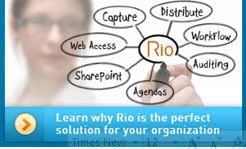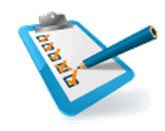Enterprise Content Management comprises strategies to manage and correlate documents pertaining to work within an organization.
In today’s information age, the success and failure of an enterprise is dictated primarily by two factors – the rate of influx of data into an enterprise database and the continuous task of interpreting and evaluating this data into blocks or sets of logical information. This information serves as input for strategic planning objectives.
In a hierarchical setup within the organization, information is collected at the lowest managerial levels and collated in data warehouses. As unstructured content is checked in and out of a system, each use can add to the content's profile. Raw data is filtered and analyzed within the warehouse and converted to information. As the ECM system ‘learns’ this method of filtering, it grows more intuitive, which assists in making better decisions, determining the relevance of information and documents.
For example, in order to improve efficiency while still adhering to Federal Laws and guidelines, a university may turn to implement Enterprise Content Management. ECM is used to bring together all information being processed in business transactions. This solution helps in accelerating the exchange and flow of information, without adding to redundancy of data and unnecessary repetitions. Thus, efficiency is improved and staff impact is minimized, leading to improving in productivity and obviously cutting down on costs.
The Association for Information and Image Management (AIIM) defines the process of Enterprise Content Management in 5 important tasks or steps:
- Collect: Collect all transaction data.
- Manage: Process the data and interpret as per needs.
- Store: Transient and in-processing information is stored.
- Preserve: Storage of valuable and required information.
- Deliver: Provide end users with analyzed data and forecast needs.
It may be difficult to accurately point to a single, major contribution of ECM implementation. But the signs are everywhere to be seen, in little improvements and positive steps. The reason is that most benefits of ECM are not directly quantifiable, although they bring about situations of great quantifiable benefit.
In the modern climate of competition, it is not enough to maintain and hold extensive databases. The content must be managed, analyzed and correlated with other data to predict patterns. These are essential to fulfill most business goals.
















